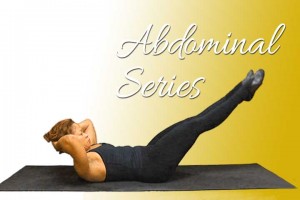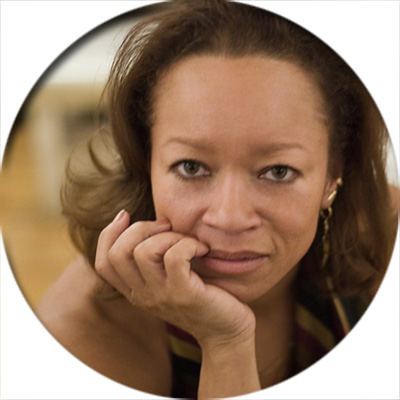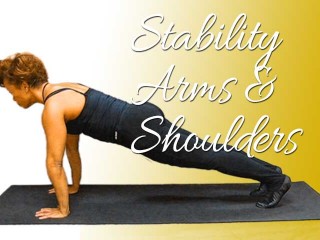I teach Pilates and I consider myself to be pretty fit for an “old lady.” An old lady with half a century under her belt and a little more than ten of it teaching others to mindfully move and maintain their own level of fitness.
My personal regimen includes pure and classical Pilates and Yoga, in addition to a couple fusion methods and tools that I enjoy immensely “conquering.” I workout and exercise with some of the best teachers and “pretzel-bending” men and women I know in the NY/NJ area. I choose yoga not for the “enlightenment” of it, but I choose it as a method because I like to deep tissue stretch I get along with the mind-blowing sweat I enjoy in a hot yoga room. I choose Pilates, however, as my base method of movement, because simply I love how I feel when I am finished and it requires that I use my mind to move my body. That integration is the key to the Pilates method.
 Honestly, life is so full and active, the juice in “my batteries” usually runs out about 10:00pm every night (I already admitted to being an old lady!) As a result, I practice what I preach and resort to a few regenerative, healing movements for my regular personal maintenance the next day. These five areas of movement are the foundation to that practice.
Honestly, life is so full and active, the juice in “my batteries” usually runs out about 10:00pm every night (I already admitted to being an old lady!) As a result, I practice what I preach and resort to a few regenerative, healing movements for my regular personal maintenance the next day. These five areas of movement are the foundation to that practice.
Everything I do – and teach – will involve some form of these five basic movements or areas of movement. They are my recommended “go-to” sequence for moving, working and healing the body. I was inspired to create these *very* short video clips to support the new students, both men and women, that frequently ask me, “what can I do when I leave the studio?”
Pilates and its movements are so complete and so wonderfully comprehensive that using them daily can help to not only train, tone and strengthen every inch and angle of the body but help to transform the practicing mind as well. It’s that simple. The method – and even the pieces of the method – as shown in the clips – are so delightfully healing and restorative that with regular attention and maintenance, every practitioner can and does transform the way they move.
I was inspired to create these very short video clips to support the students, both men and women, that frequently ask me, “what can I do when I leave the studio?
Pilates is not a performance. We may not always be perfect in form or execution, but we are all striving for the best we have at that moment. Sure, there are lots of equipment, tools, springs and toys – and even more reps – that can be added and used, yet moving the body through the basic form of its curves, lines and angles on the mat, can be a daily maintenance regimen that supports and compliments every other activity one uses to maintain health and strength.
For mindful maintenance of all your body parts, sometimes “just a little” is “just enough.” Of course, you should really get to your favorite studio and on the mat regularly for “a lot more.”
Prepare the body and mind for movement by using the breath and initiating that movement – with breath – from the center core. Focus on the depth of the breath through the width and length of the spine thru a) arm movement (arm stretch), b) leg movement (knee folds), c) The Hundred, d) Rollup. Click here for video clip.
Regular use of the Pilates Abdominal Series will build strength in the powerhouse. The series layers five (5) signature exercises to train the body to work deep from the powerhouse while moving the extremities for a few good stretches. Rolling Like a Ball helps to facilitate front-to-back core engagement and helps one fine and use the “C” curve of the spine. It’s also a great massage of the lumbar area of the spine. See below for the Series of Five
The Five Exercises of the Ab Series: Single Leg Stretch – deepens the scoop in the curve of the spine and enjoy a hip flexor stretch. Double Leg Stretch – opens the front body to stretch with inhalation and wrap to close the arms to the legs with exhalation. Scissors – offers a great hamstring stretch and length while deepening the abdominal scoop. Lower Lift – just pure abdominal work; seek stability of the upper body and ab contraction to “lift and lengthen” the legs. Criss Cross – the perfect move for obliques twist/rotation.Counter movement to abdominal work, i.e., spinal flexion, provides a great stretch for the abdominals. It’s your extension work. You cannot have a strong abdominal without a corresponding strong back. Focus to stabilize the lower body as you open, lift and lengthen the upper body, using a) Swan b) Single Leg Kick and c) Double Leg Kick. Focus to keep the front-body GLUED to the back-body and specifically the abdominal belly. Click here for video clip.
Bridging and Side Kicks – even in a modified version – will help one remain mindful of the importance of an engaged powerhouse to move the extremities and with regular movements can help strengthen,tone and lengthen these body parts. Minimal reps are provided in the clip and a full class will help the student appreciate the full exercise. Click here for video clip.
My favorite exercise is Plank-Pushup and it is a sneaky way to work the arms, stabilize and strengthen the shoulders while still using – very intensely I might add – the powerhouse core. Click here for video clip.
Series of Five
If you enjoyed reading this post, resonated with it and smiled a bit, feel free to share!

Gina Jackson, is a classically trained Pilates Teacher and has been teaching along the Gold Coast of Hudson and Bergen County, NJ for the past fifteen+ years.
Certified by Power Pilates of New York, Gina has trained with Master Teachers Bob Liekens, Susan Moran and Brett Howard; loved workshop training with Cary Regan and Blossom Leilani-Crawford and has particularly enjoyed listening to the personal stories as told by Pilates Elders, Kathy Grant and Lolita San Miguel.
An active teacher and blogger, Gina manages a private personal training business supporting a myriad of clients, teaching all to honor their health, strength and life with the principles of Pilates at its core.





